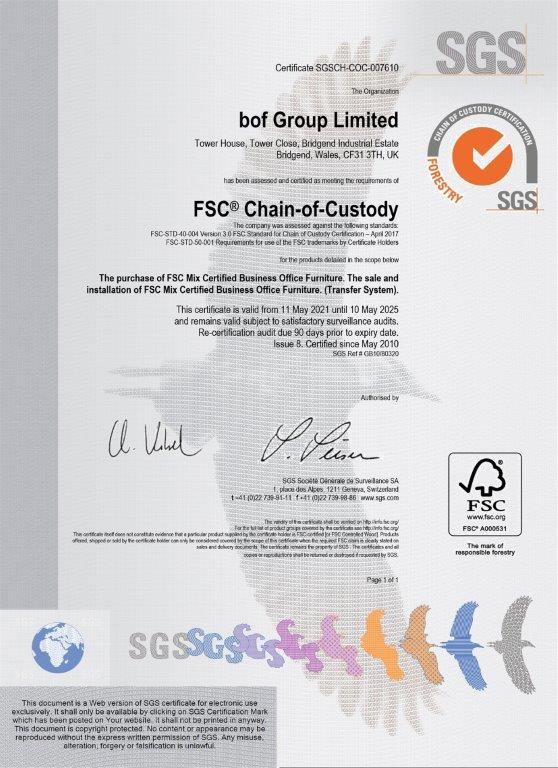
A variety of models of ladle refining processes have been reported, as summarized in the former publication, which offered valuable references for the simulation of the tapping process.

However, comprehensive modeling work on the reactions of the tapping process is missing. Besides the thermodynamic reactions, the fluid flow of steel and alloy additions and alloy dissolution in the tapping ladle were studied separately. A similar model of the tapping process and its applications in deoxidation practice was presented by Cicutti and Capurro. The model predictions suggested that the addition sequence of alloys played an important role regarding the amount and types of inclusions. In the model, the thermodynamic equilibrium of inclusion and metal, inclusion and entrapped slag by steel and mass balance were considered, while the interfacial reaction of steel and slag was not accounted for. proposed a thermodynamic model on steel deoxidation processes during tapping and refining. Modeling simulation is an effective method to study the reactions in the steel tapping and refining process. To effectively control the steel refining process and achieve high quality steel, it is important and necessary to track the reactions and composition changes in the steel, slag and inclusions during the tapping process. The tapping process is a kind of ‘black box’, as information from samples before the start of ladle refining is rarely available.

The chemical composition and qualities of the refining slag further influence the steel composition and cleanliness due to the interfacial reaction. Steelmakers intend to minimize the amount of BOF carryover slag due to its negative effects. The refining slag is formed from the addition of slag formers, BOF carryover slag and separated inclusions during steel tapping. Deoxidation and alloying start during the tapping process, resulting in the generation of the primary inclusions and affecting the subsequent inclusion control. row ( rx ))įrom the command line, this will show the first, second and last rows of each sheet in each file: python PYDIR/scripts/runxlrd.py 3rows *blah*.Steel tapping from the basic oxygen furnace (BOF) into the ladle is the critical first step in ladle treatment. cell_value ( rowx = 29, colx = 3 ))) for rx in range ( sh.

open_workbook ( "myfile.xls" ) print ( "The number of worksheets is ". Password-protected files are not supported and cannot be read by this library. The following are also not supported but will safely and reliably be ignored:Ĭharts, Macros, Pictures, any other embedded object, including embedded worksheets.įormulas, but results of formula calculations are extracted.Īutofilters, advanced filters, pivot tables, conditional formatting, data validation ForĪlternatives that read newer file formats, please see. This library will no longer read anything other than. Xlrd is a library for reading data and formatting information from Excel


 0 kommentar(er)
0 kommentar(er)
